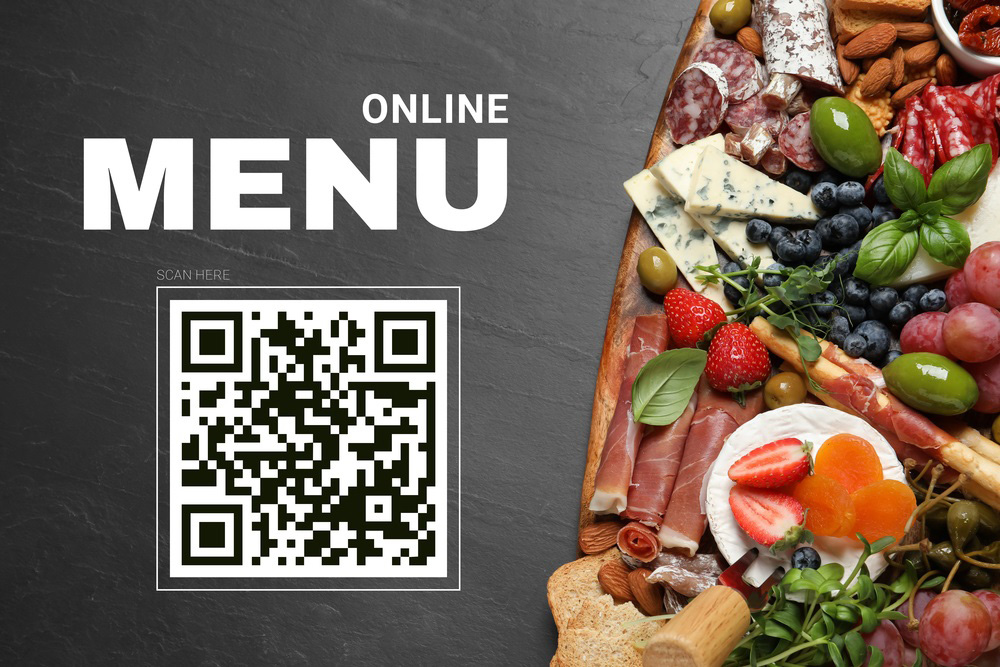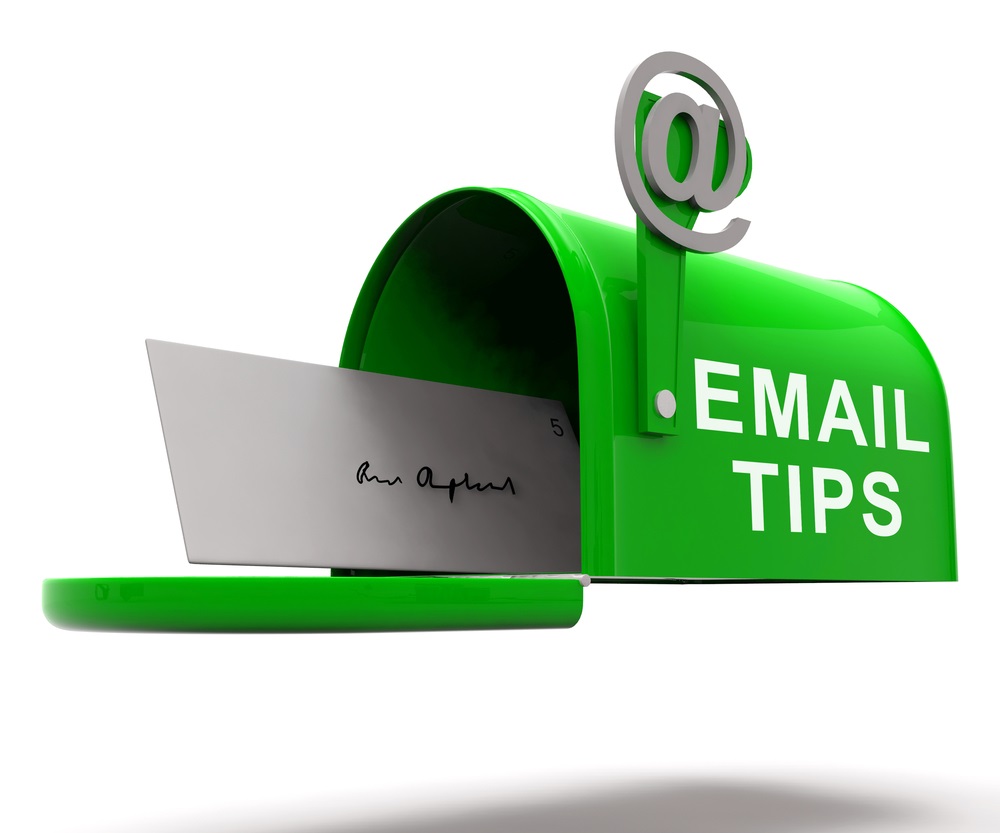As the first quarter of the year comes to a close, now is the perfect time for small business owners to reflect on their progress and plan ahead for Q2. Have you met your customer acquisition goals? What marketing strategies have worked best? Evaluating your efforts now will help you refine your approach for continued success in the next quarter.
Reviewing Your Q1 Successes & Challenges
Before looking ahead, take a moment to assess your Q1 performance:
- Which marketing campaigns attracted the most new customers?
- Did you maximize social media, email marketing, or paid advertising?
- Have you built strong customer relationships through loyalty programs or engagement?
- What areas could use improvement in terms of outreach and conversions?
Analyzing these factors will provide valuable insights into what’s working and what needs to be adjusted.
Planning for Q2: Fresh Strategies for Growth
With Q2 comes new opportunities, seasonal changes, and upcoming holidays that businesses can leverage to attract more customers. Here’s how you can make the most of it:
Spring into New Marketing Initiatives
- Refresh your branding with spring-themed visuals and messaging.
- Promote spring cleaning or renewal-related services for businesses in home improvement, fitness, wellness, or organization.
- Highlight new products or limited-time seasonal offers.
- The Pittsburg Home Show has just ended. As you look at upcoming spring events do you have a follow-up plan in place?
Leverage Upcoming Holidays & Events
- Easter (March 31st): Offer holiday promotions, themed giveaways, or family-friendly events.
- Earth Day (April 22nd): Showcase eco-friendly initiatives, sustainable products, or green business practices.
- Mother’s Day (May 12th): Run special sales, gift bundles, or service packages tailored to celebrate moms.
Enhance Customer Engagement & Retention
- Revamp your email marketing strategy to nurture new leads from Q1.
- Create customer loyalty incentives or referral programs to encourage repeat business.
- Engage your audience through interactive content like live Q&As, behind-the-scenes content, or contests.
Optimize for Seasonal Shopping Trends
- Adjust product offerings and promotions to align with seasonal demand.
- Plan ahead for summer marketing by preparing campaigns in late Q2.
- Use local events, markets, and fairs to connect with new customers in person. Prepare a give-a-way or offer some way to obtain emails and nurture new customers through email marketing as well as other efforts.
Setting Goals for a Strong Q2
To ensure continued growth, set measurable goals for the next quarter:
- Increase website traffic by X% through enhanced content marketing.
- Grow your email list by offering exclusive Q2 discounts.
- Boost customer engagement on social media through regular posting and interactive content.
Q1 has laid the foundation for growing your business now it’s time to refine, adapt, and increase sales and customers in Q2. By analyzing your past efforts, leveraging seasonal opportunities, and setting strategic goals, your business can continue attracting new customers and strengthening relationships with existing ones.
About the author: Autumn Edmiston is the CEO and owner of the Edmiston Group. The Edmiston Group is a multifaceted Pittsburgh-based marketing consulting firm providing senior-level marketing management services to businesses and non-profit organizations on a short or long-term basis. Core areas of service are business development strategies, website creation and management, social media management, marketing, strategic planning, and public relations. The Edmiston Group has consistently delivered and implemented real-world, proven business marketing ideas and strategies for business.












